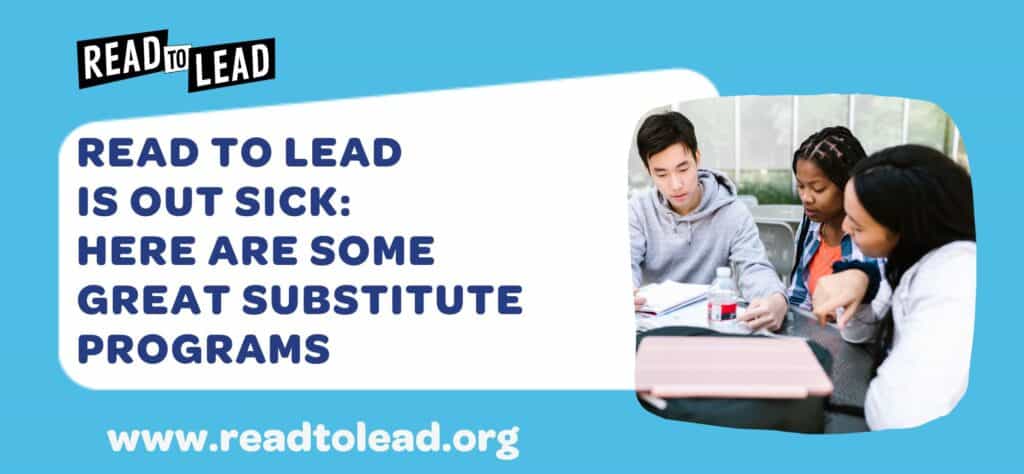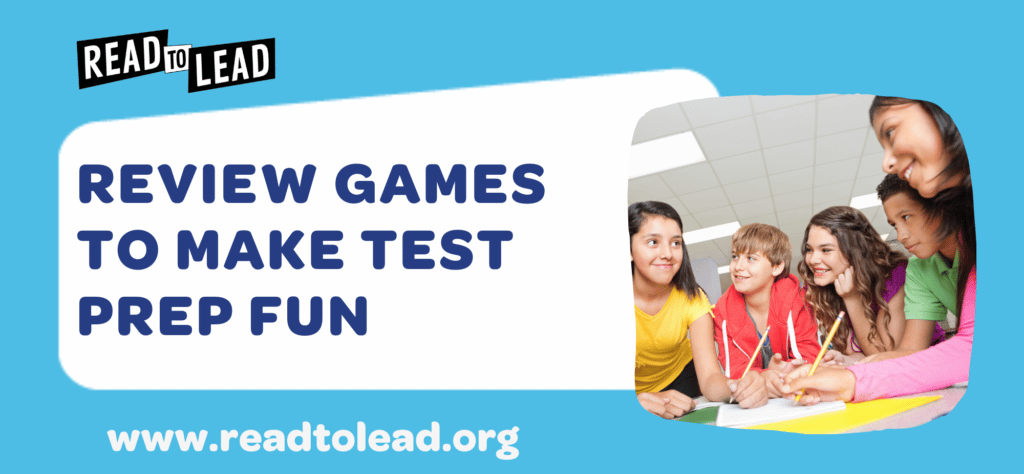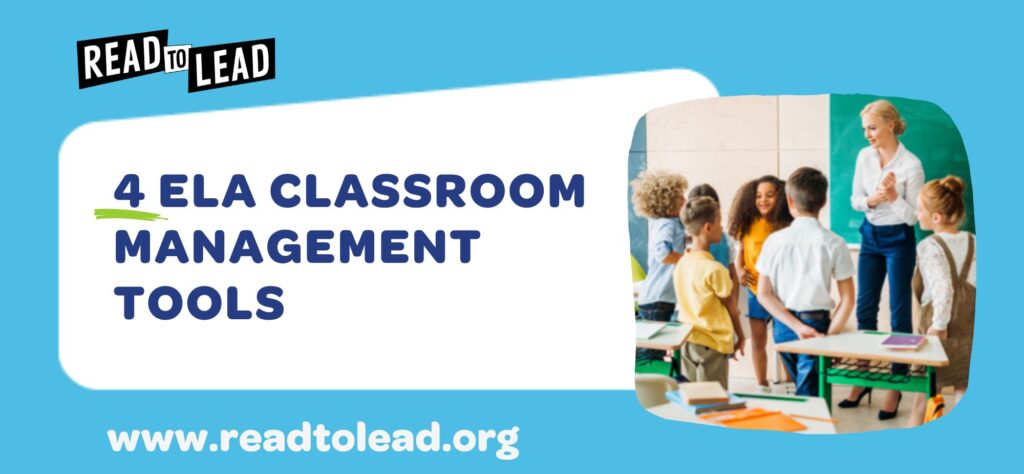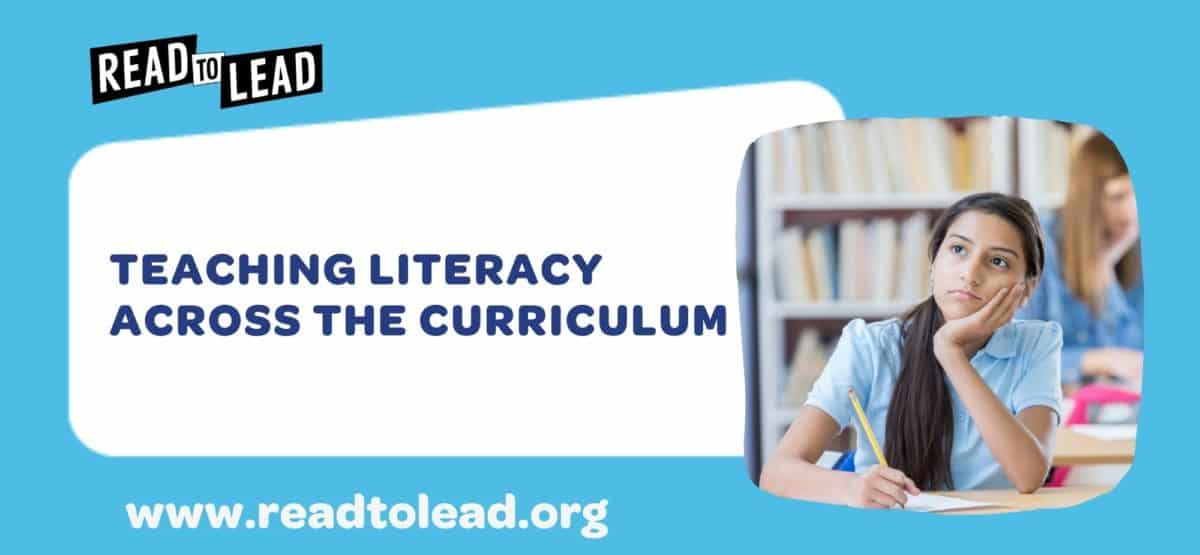
Literacy is the foundation of all learning. Being able to read, understand what you are reading, and apply background knowledge to new situations is essential to be able to learn any subject, from mathematics to science, from geography to computing, and everything in between. These are fundamental skills that, once acquired, will open up the doors of opportunity.
But what is the best way to teach literacy in the modern-day classroom and who is responsible for teaching literacy? HINT: it’s not just ELA teachers! In this article, we’re exploring what literacy is and how educators can teach literacy across the curriculum, regardless of what subject you’re teaching!
“Literacy is the most basic currency of the knowledge economy.” – Barack Obama
Simply put, literacy is the ability to read, write, listen, and speak in a way that allows us to communicate effectively with others. In our modern world, it is indispensable and vital for navigating even the most basic tasks in daily life. Research has also shown that reading, a key element of literacy, is a strong predictor of success later in life, whether in terms of pursuing higher education, getting high-income jobs, or being better socially adapted.
Here’s a few of our favorite tips to help build students’ literacy skills regardless of the subject you’re teaching:
#1: Start with Building Background Knowledge
When you think of a window, do you think of it as a pane of glass with shutters to allow wind and light to flowthrough, or as something that exists as a part of a house? For most people, our minds would immediately jump to the second. Why? Because context is everything.
No matter the subject area that 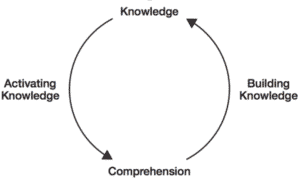
Knowledge and comprehension are closely related – each reinforces the other. Students learn new knowledge which they then use to comprehend or understand information. Understanding something within a new context helps them concretize this information within their existing knowledge paradigm, and adds to it. From this perspective, giving students background knowledge to information they need to learn is key to teaching literacy.
#2: Build Real-World Connections
If literacy is important in preparing students for the real world, what better way to do that than by demonstrating to them its relevance to the real world? Too often, students get lost in the barrage of information they get at school, particularly when they cannot see how it relates to their daily lives or how they can apply it to their future careers. This makes them disengaged and unmotivated, making it difficult to build their literacy skills.Read to Lead’s learning games addresses this by building real-world connections for students to see exactly how what they learn applies to life. For example, in the series Community in Crisis, students take on the role of Director at their local community center to respond to the effects of a hurricane in the community. Students can draw parallels between their in-game experiences with real-world contexts like Hurricane Harvey (2017) and Superstorm Sandy (2012). By inviting students to be the “boss” in a virtual workplace, we can connect literacy skills to real-life applications.
#3: Check Comprehension Skills As You Go
One way to teach literacy regardless of your subject matter is to check students’ comprehension skills. Getting regular feedback about how students are progressing, where they need a little extra help, and whether they are truly understanding the material is invaluable to building their literacy skills. However, juggling all of that for an entire classroom of students can be challenging.
That’s where Read to Lead comes in. With real-time reporting that shows exactly how each student is faring in each learning game and which areas they struggle with, Read to Lead provides invaluable information that you can use to provide students with more support. Each interactive learning game also comes with wrap-around curricula in the form of post-game debate questions and discussion prompts to deepen students’ understanding and solidify their grasp of the material. These additional resources not only reinforce reading comprehension and boost students’ literacy skills but also promote thoughtful reflection about the material covered.
By using these three tips in your classroom, you’ll be helping cultivate students’ literacy skills and equipping them to be the next generation of readers and leaders! How do you teach literacy across your curriculum?
About Read to Lead
Read to Lead uses the power of game-based learning to empower middle school students to build literacy, life, and career skills. Teachers can sign up for a free account to get started!
